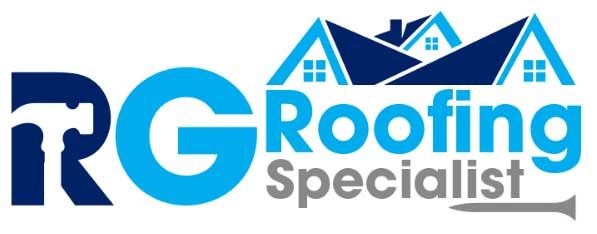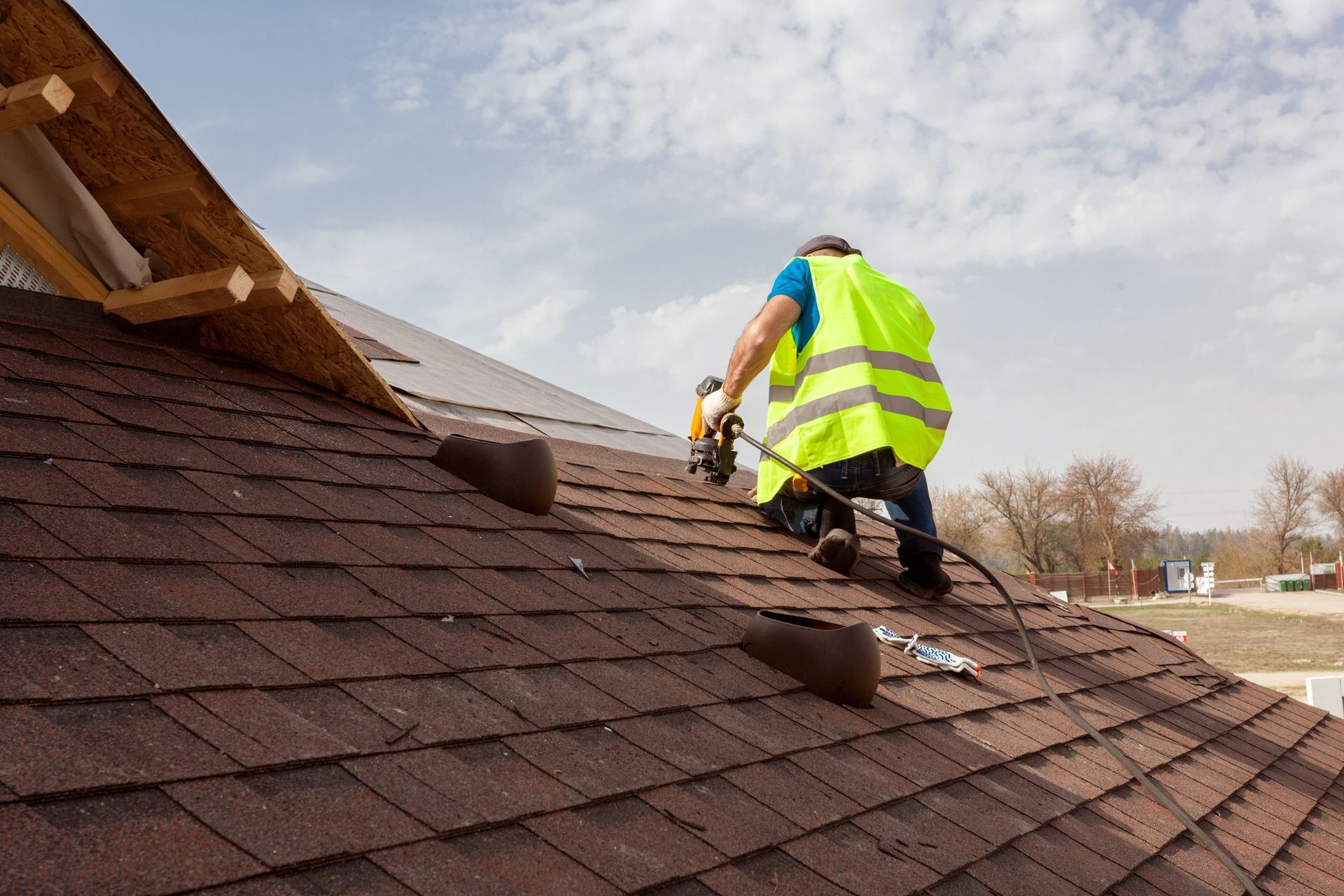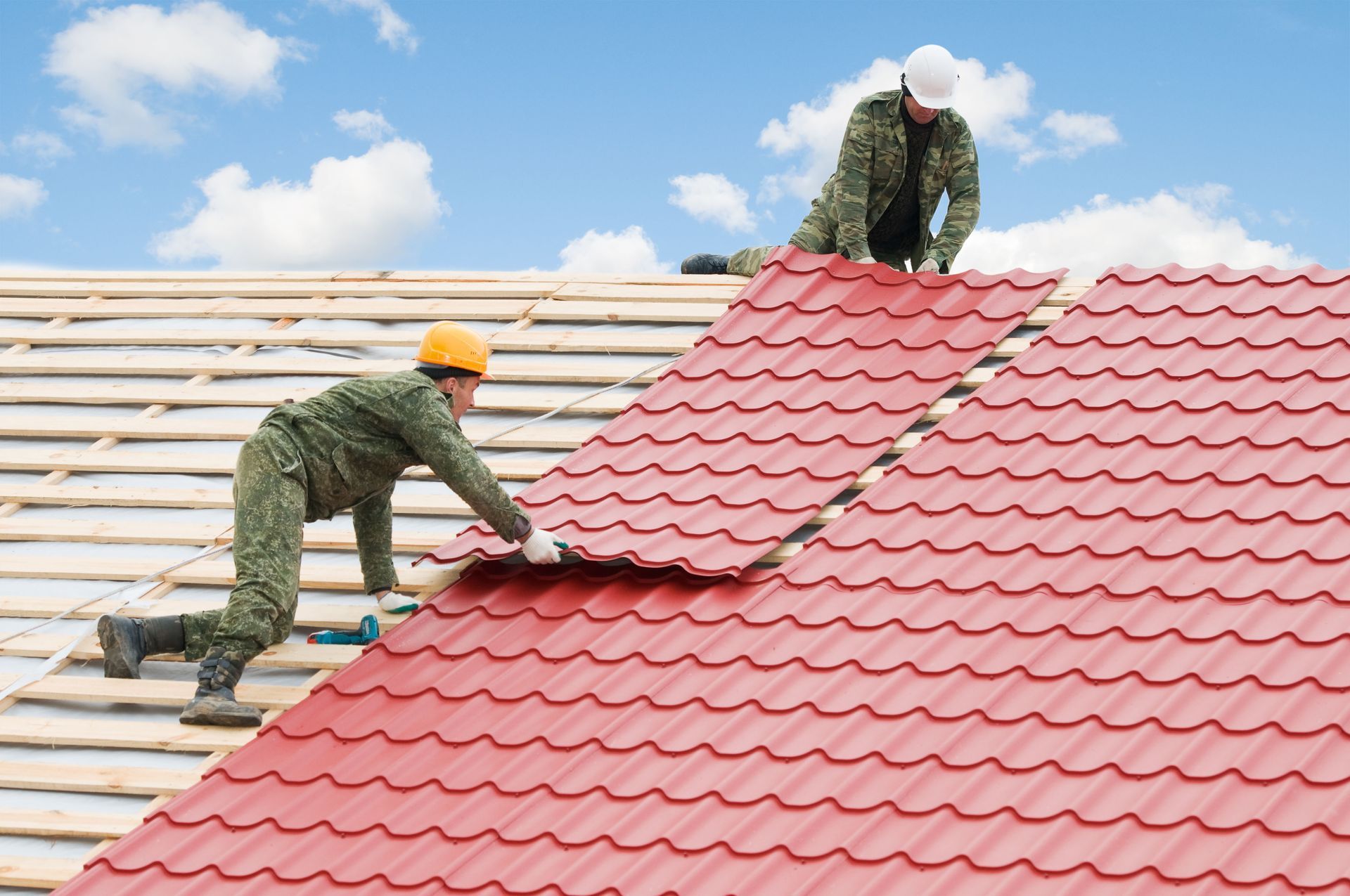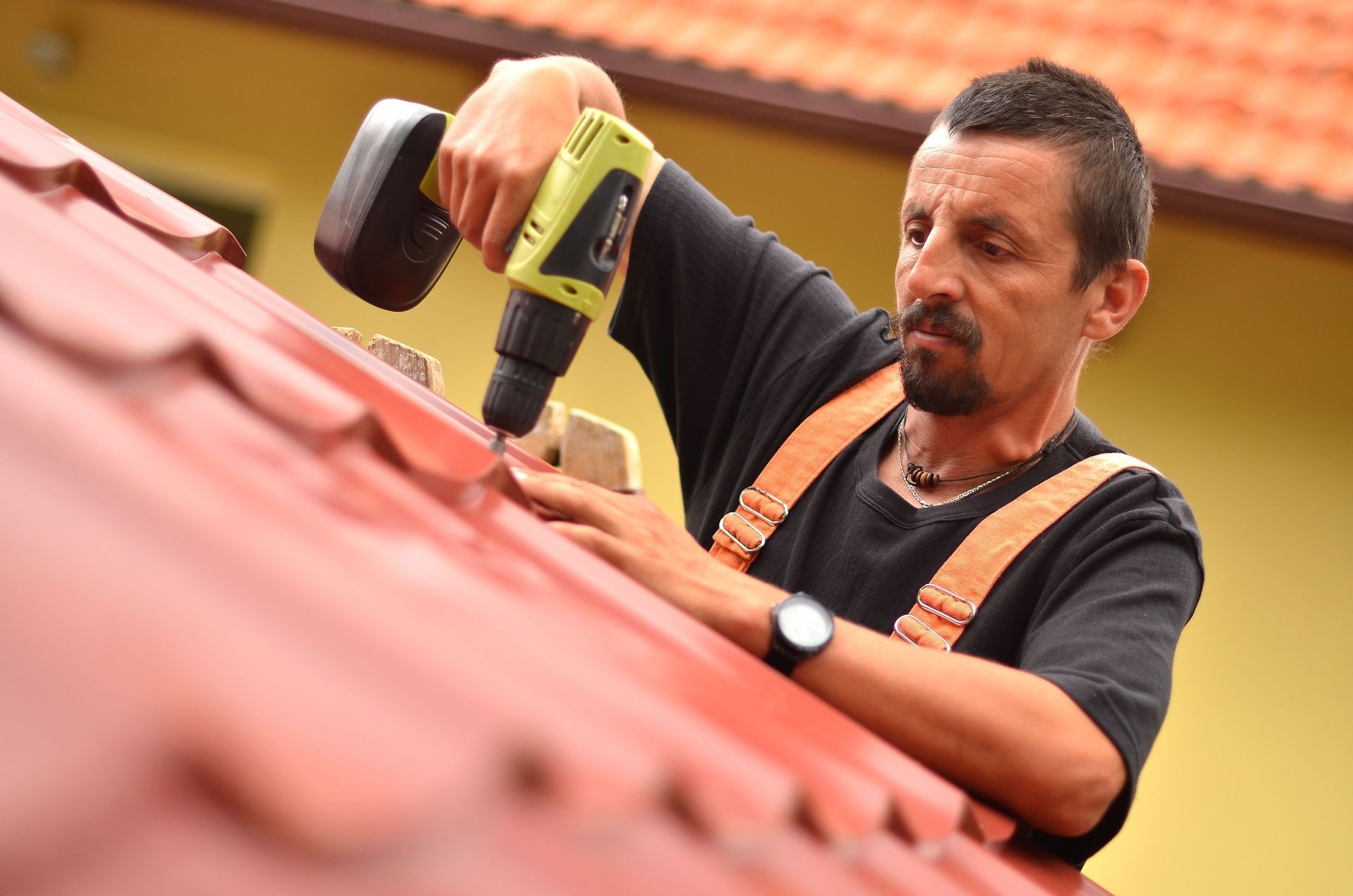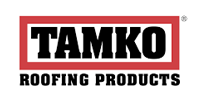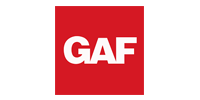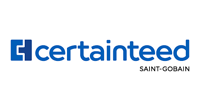September 22, 2025
Proper attic ventilation is essential for energy efficiency, roof longevity, and a comfortable home. A shingle roofing company plays a key role in ensuring ventilation systems are correctly installed and maintained. This article covers the essentials of roof ventilation, from assessment and planning to system selection and installation best practices.
Understanding the Basics of Roof Ventilation
What Is Roof Ventilation?
Roof ventilation refers to circulating air through the attic, allowing hot, moist air to escape and cooler, drier air to flow in. With asphalt shingles covering nearly 75% of North American homes, according to the Roofer's Guild, effective ventilation is critical to long-term performance. A shingle roofing company designs these systems to balance temperature and moisture, reducing risks like mold, structural damage, and higher energy bills. Ventilation systems typically combine intake and exhaust vents to create steady airflow tailored to the home’s design and climate.
Benefits of Proper Ventilation
Good ventilation improves energy efficiency by reducing strain on heating and cooling systems, lowering energy bills. It extends the life of roofing materials by protecting shingles from excessive heat and moisture. When installed by a shingle roofing company, ventilation also supports healthier indoor air quality by reducing humidity, mold, and pollutants, creating a more comfortable and safe living environment.
Common Types of Ventilation Systems
Popular options include ridge vents, soffit vents, gable vents, and turbine vents. A shingle roofing company often recommends ridge and soffit vents together, as they create efficient, natural airflow. Gable vents provide additional circulation, while turbine vents use wind power to pull air out. The best system depends on the home’s architecture and local climate.
Ventilation and Climate Control
Ventilation reduces heat gain in warm climates and prevents ice dams in cold regions by controlling moisture. It also stabilizes indoor temperatures, reducing stress on HVAC systems and improving air quality. A shingle roofing company integrates ventilation with a home’s overall climate control strategy to balance comfort, energy use, and structural health.
Signs of Poor Ventilation
Warning signs include higher energy bills, condensation in the attic, mold, mildew, musty odors, or visible structural damage like warped wood. Regular inspections by a shingle roofing company help identify these problems early, allowing homeowners to correct issues before they escalate.
Assessment and Planning
Evaluating the Current System
A ventilation project begins with an inspection of the attic for heat buildup, moisture, or odors. A shingle roofing company may use thermal imaging to identify airflow issues. This evaluation highlights both problem areas and components that are working well, leading to a targeted improvement plan.
Beyond inspections, contractors also review insulation levels, HVAC duct placement, and potential blockages like painted-over soffit vents. These hidden issues can restrict airflow even if vents are technically present. By checking the entire attic ecosystem, professionals can recommend holistic solutions instead of surface-level fixes.
Considering Home Design
Roof pitch, attic size, and features like dormers or skylights all affect airflow. Larger or steeper roofs may require more extensive ventilation. By consulting a shingle roofing company, homeowners can ensure solutions are tailored to their unique design and needs.
For example, vaulted ceilings and cathedral-style roofs often trap heat more easily, requiring creative vent placement. Likewise, older homes may not have been built with ventilation in mind, so retrofitting modern systems demands careful planning. Each house requires a unique strategy rather than a one-size-fits-all approach.
Accounting for Local Climate
Climate shapes ventilation requirements. Hot, humid regions need systems that remove excess heat and moisture, while colder climates prioritize preventing condensation and ice dams. A shingle roofing company with local expertise provides the best guidance for long-lasting results.
In areas with four distinct seasons, contractors must balance both summer and winter challenges. This may involve selecting vents that perform well in fluctuating conditions, such as ridge vents paired with continuous soffit vents. Matching ventilation to climate ensures durability and year-round comfort.
Setting Goals
Clear goals—such as lowering energy bills, improving air quality, or extending roof life—help guide decision-making. A shingle roofing company works with homeowners to set these benchmarks and track whether the ventilation system is meeting expectations over time.
These goals also help prioritize budget allocation. For instance, a homeowner focused on cutting energy costs might benefit from advanced vent systems, while someone prioritizing roof protection may choose durable, low-maintenance options. Establishing measurable goals upfront makes the project more successful.
Choosing the Right Ventilation System
Passive vs. Active Systems
Passive systems, like ridge and soffit vents, rely on natural airflow and are cost-effective and low-maintenance. Active systems, such as powered exhaust fans, use mechanical force to improve circulation. A shingle roofing company helps homeowners decide which system fits their climate, budget, and home design.
Some homes even combine passive and active systems for maximum effect, particularly when natural airflow alone isn’t enough. In these cases, mechanical fans supplement passive vents during extreme conditions, ensuring consistent ventilation year-round.
Key Factors to Consider
Roof size and shape, attic configuration, and aesthetic preferences all influence the decision. Energy savings, maintenance needs, and long-term durability are also important. A shingle roofing company ensures these factors are balanced, so the chosen system delivers the best long-term value.
Other considerations include noise levels from mechanical systems and compatibility with existing roof structures. By evaluating every angle, professionals help homeowners select a solution that enhances both performance and curb appeal.
Innovative Technologies
Modern systems include smart vents with sensors, solar-powered fans, and eco-friendly materials designed for durability. A shingle roofing company can guide homeowners in selecting these innovations to maximize energy efficiency and sustainability.
These advanced systems are particularly useful for eco-conscious homeowners who want to reduce their carbon footprint. For example, solar-powered attic fans run without tapping into household electricity, lowering utility bills while improving airflow.
Integration with Shingle Roofs
Since most homes use asphalt shingles, ventilation systems must be carefully integrated to avoid damaging the roof. A shingle roofing company places vents strategically to preserve waterproofing and insulation. Proper integration enhances both ventilation performance and roof lifespan.
Integration also involves matching vent styles and colors with the roof for a seamless appearance. Homeowners benefit not only from improved performance but also from enhanced curb appeal, which can add value to the property.
Installation Best Practices
Building Code Compliance
Ventilation systems must meet local building codes to ensure safety and efficiency. A shingle roofing company is trained to follow these standards, protecting both the investment and the home’s integrity. Noncompliance risks fines, voided warranties, or structural issues.
Seamless Integration
Installing a new ventilation system requires careful planning to align vents with existing roofing. A shingle roofing company focuses on preserving waterproofing and structural strength while ensuring vents are placed for maximum airflow. This precision prevents leaks and maintains roof performance.
Sealing and Insulation
Proper sealing around vents prevents leaks, while insulation keeps attic temperatures stable and reduces condensation. With the help of a shingle roofing company, these steps improve energy efficiency and air quality by minimizing moisture intrusion and heat transfer.
Insulation and sealing work hand-in-hand with ventilation. Without them, even the best vent system may underperform. Ensuring all three elements are addressed at once leads to superior results and fewer long-term problems.
Using Quality Tools and Materials
Professional installation relies on specialized tools and durable materials that match the roof’s lifespan. A shingle roofing company uses high-quality vent covers, sealants, and flashing to ensure the system operates effectively for years, reducing the need for frequent maintenance.
Choosing cheaper materials may cut initial costs but often leads to premature failures, requiring costly repairs. Investing in quality from the start saves time, money, and stress for homeowners over the long run.
Proper roof ventilation is vital to protecting your home’s structure, improving energy efficiency, and maintaining comfort. A shingle roofing company provides the expertise needed to evaluate current conditions, plan tailored solutions, and install systems that integrate seamlessly with existing roofs. By partnering with a shingle roofing company, homeowners safeguard their property and enjoy long-term benefits. Looking for a shingle roofing company? Call RG Roofing Specialist today to get in touch with a shingle roofing company you can count on.

